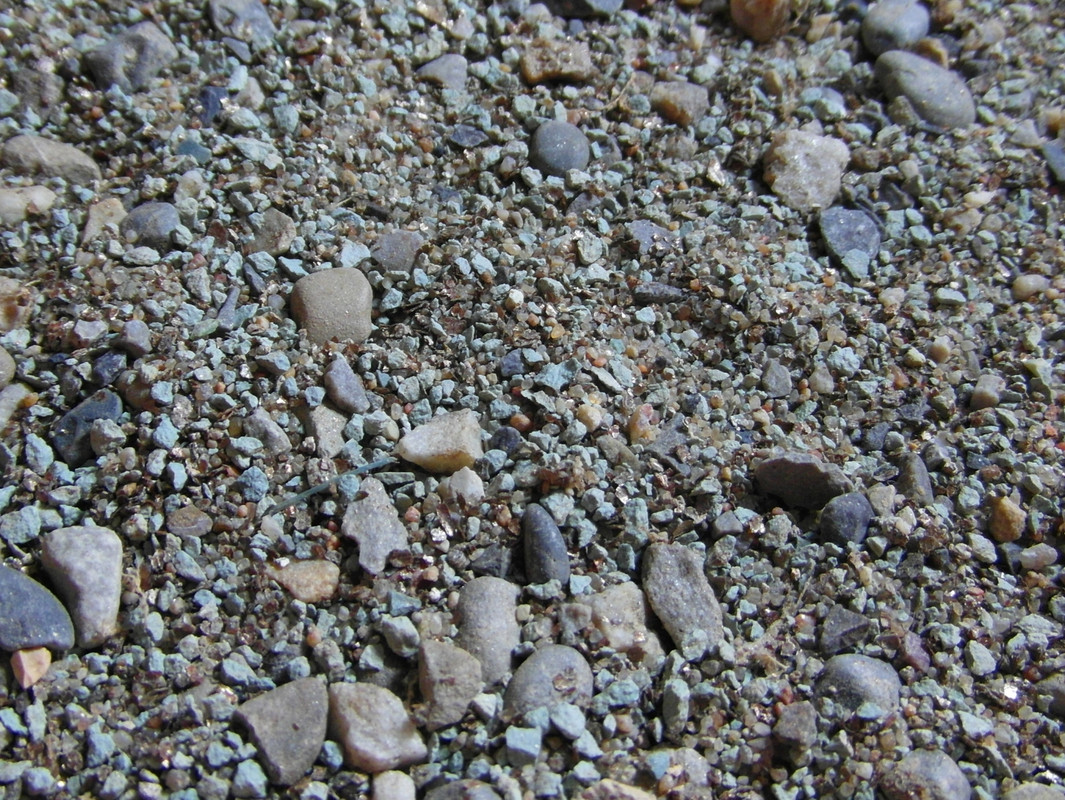Steve Johnson wrote: ↑Tue Aug 08, 2023 6:16 am
7george wrote: ↑Tue Aug 08, 2023 1:32 amChipped redwood bark - where to get this?
This brings up an interesting question -- do cacti get nitrogen from tree bark? If they do, I can understand why it may be a problem for desert cacti that should be getting all of their N from a fertilizer. MikeInOz, if you see this post, you're the best one to answer.
I'll put in an answer while you wait for Mike. Your question is, do cacti in cultivation obtain any nitrogen from organic material in the potting mix they are growing in? Specifically, can they get it from tree bark?
I searched for a chemical analysis of bark, even though I already knew it contained lignin, which does not contain any nitrogen. I wanted to see if there is anything else in bark which might contain nitrogen. The one article I read analyzed barks from conifers like cedar, fir, and pine and deciduous trees like oak, alder, and beech. Here is the link to it. :
https://bioresources.cnr.ncsu.edu/wp-co ... _12505.pdf
None of the compounds listed as found contain any nitrogen, all are carbon, oxygen, and hydrogen containing compounds like lignin, cellulose, and some sugars. So, no nitrogen can come directly from bark by leaching as the pot is watered.
The bark leachate could feed soil bacteria, if any are in the pot. This is a question I've had-do potted plant mixes develop a bacterial community as they are used over time? I have been fertilizing some of my plants with bacteria containing fertilizer in hopes of having a more bio-active potting mix.
If the bark were to decompose by bacterial or fungal action, the bacteria/fungi will need nitrogen themselves to eat/decompose the wood. (I had this happen to me while in High School. I put fresh wood chips in my vegetable garden in hopes of increasing the organic content of the soil. What ended up happening was a disaster for my growing season. The bacteria in the soil used the available nitrogen in the soil from my fertilizer to grow and eat the wood. The plants I wanted to grow didn't because they did not have enough nitrogen. I learned I should have added extra fertilizer wherever I used wood chips. I also learned that wood chips should be composted before using in a garden.)
Eventually, the bacteria will die and then release the nitrogen they contain to the soil for use by plant roots. The nitrogen gets there indirectly.
So, that is the answer I give. Hopefully Mike might have input as well.











